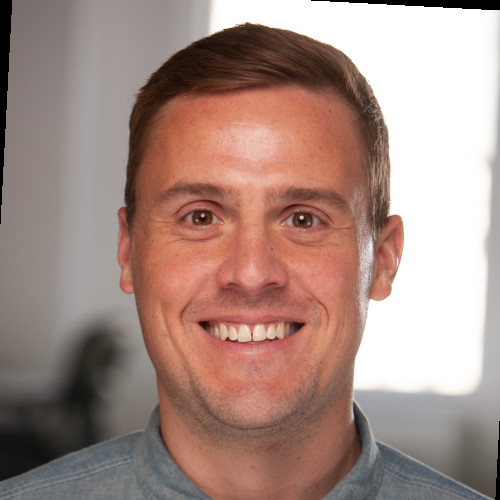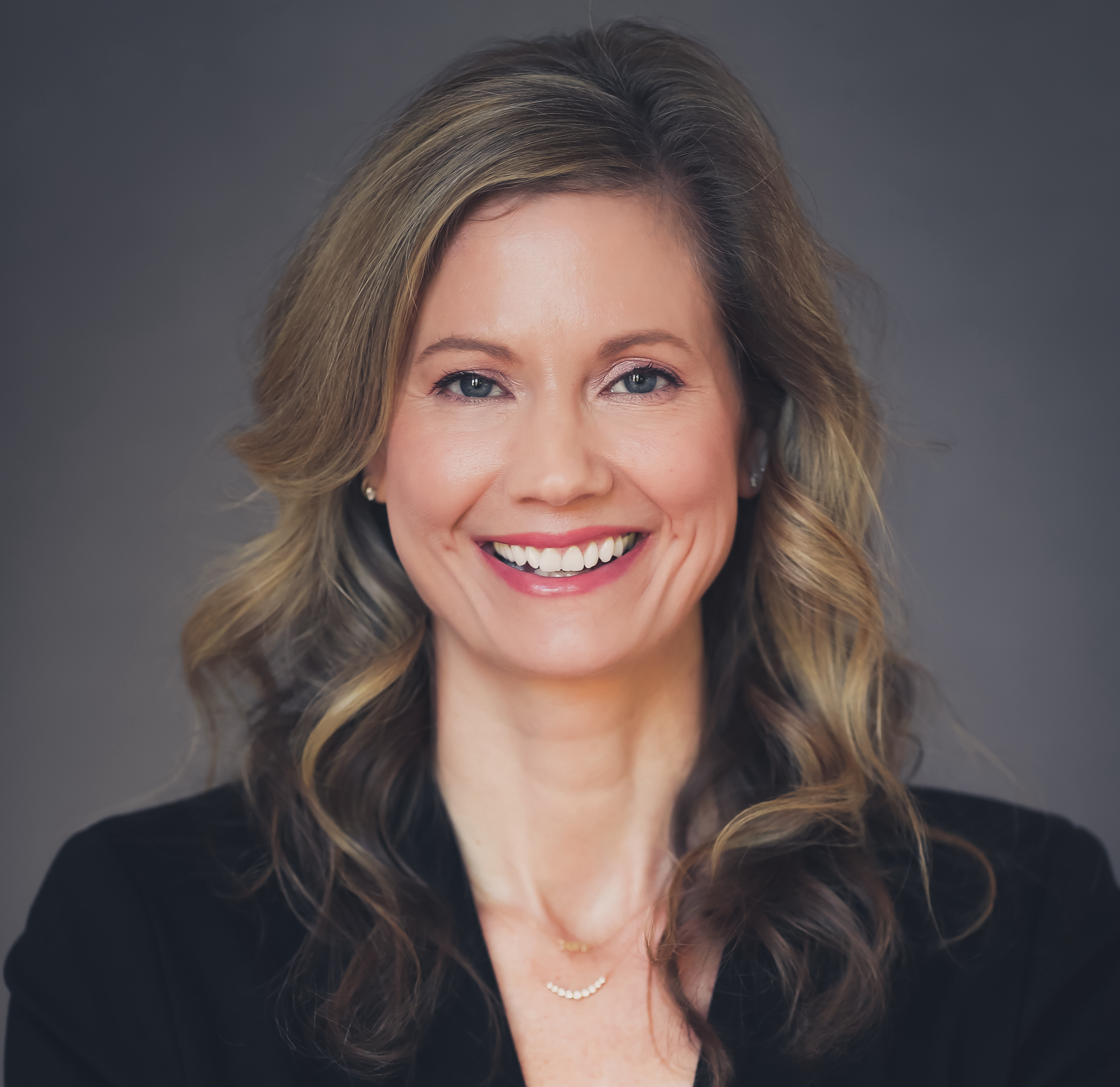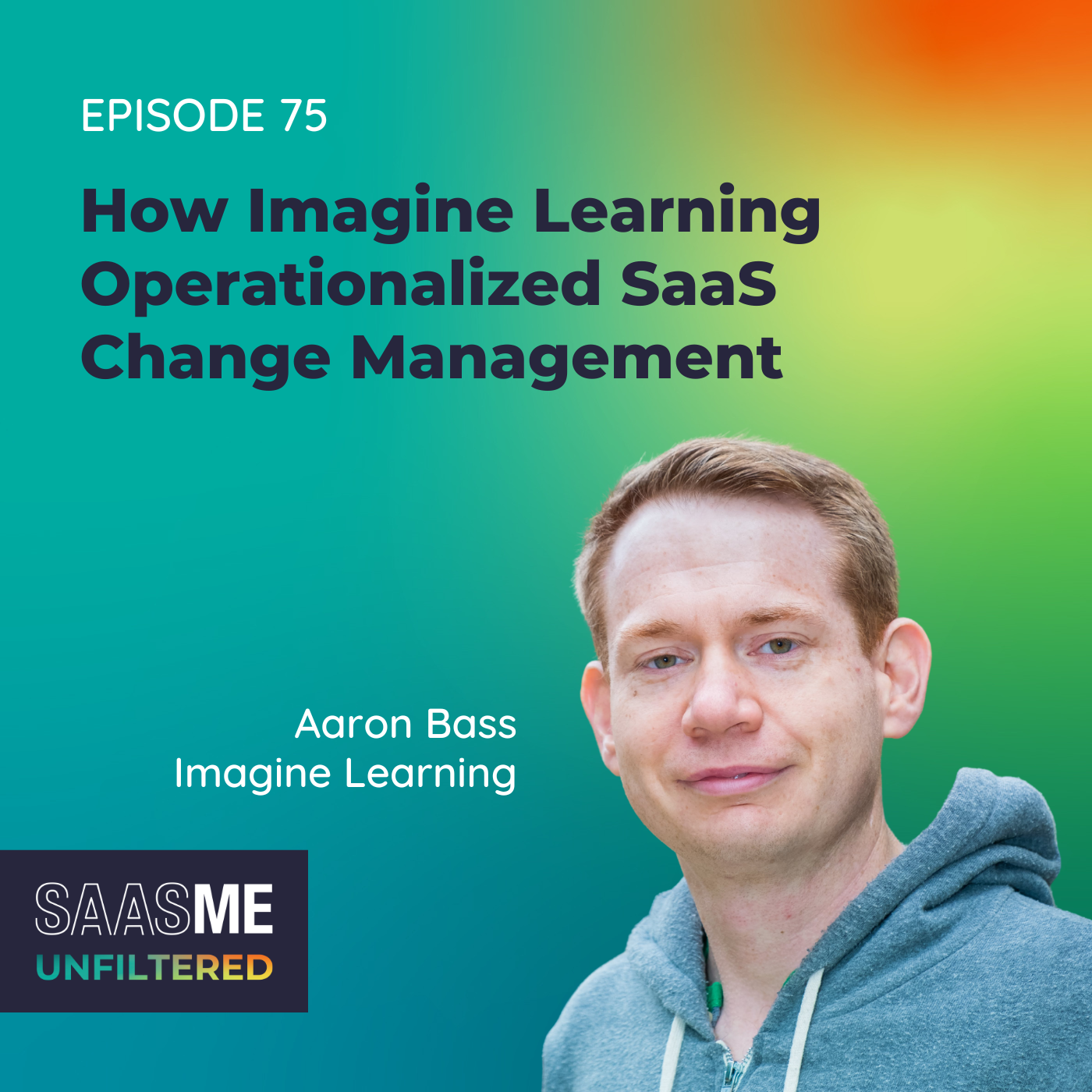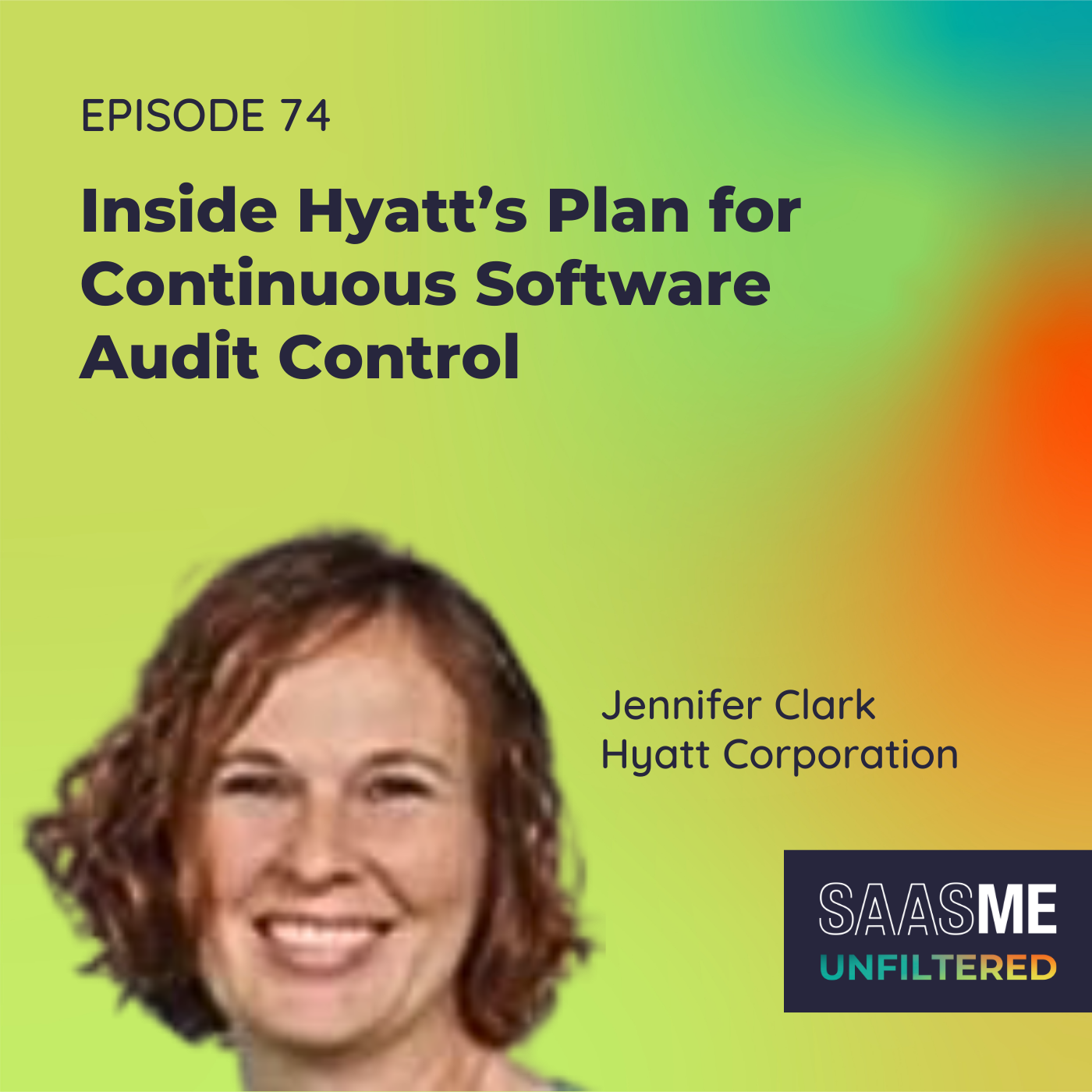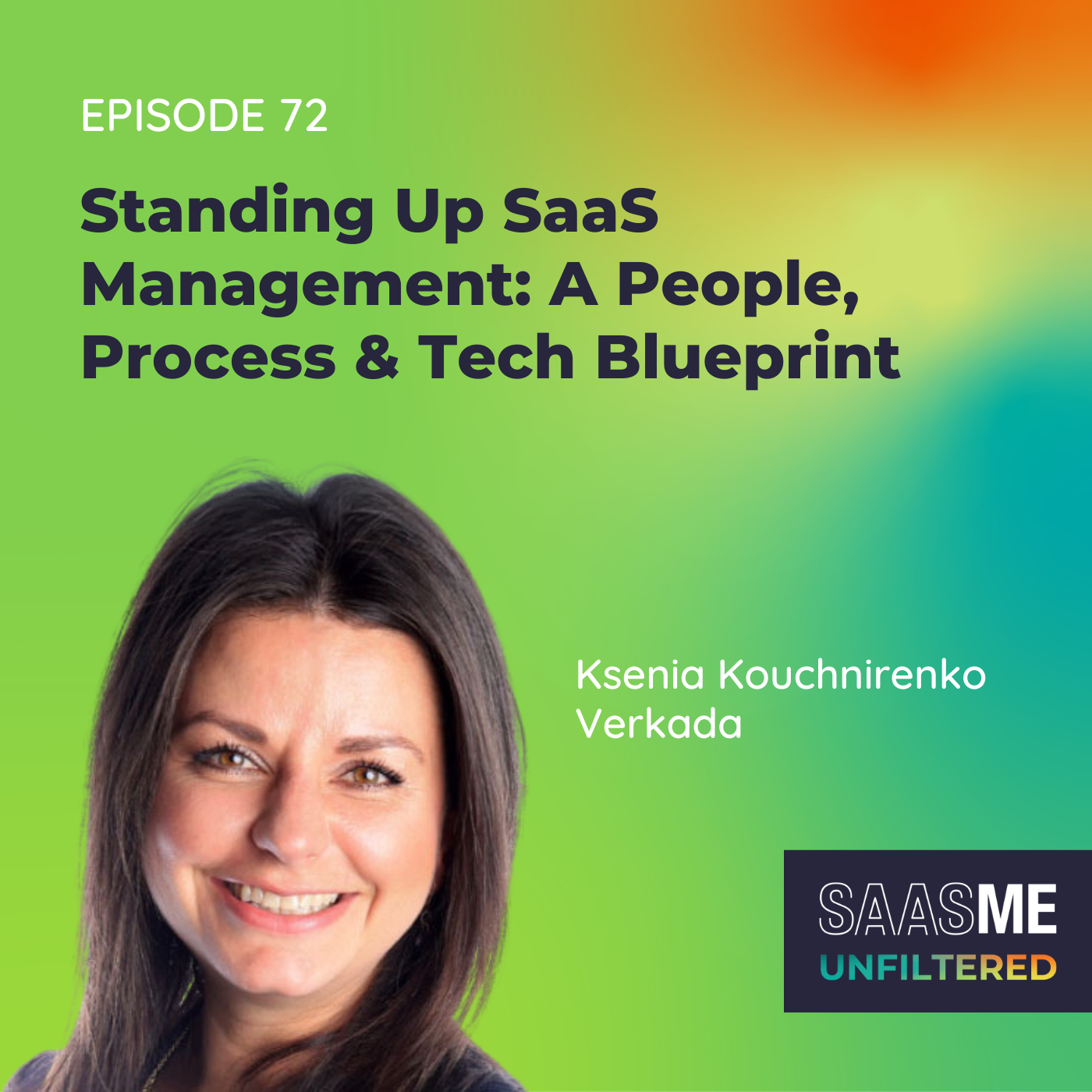How Do I Tie Savings Back to My SaaS Management Program?
- 0.5
- 1
- 1.25
- 1.5
- 1.75
- 2
Ben Pippinger: What is up everyone? I'm Ben Pippinger, and this is SaaS Me Anything.
Ben Pippinger: In today's episode, we are going to talk about savings and how to tie savings back to a SaaS management program. Before we do that though, I wanted to talk a little bit about why this is so important, and so I want to start with a quick story. For me, one of the activities that I enjoy outside of work is working out. I dedicate time, money, and energy to it, and those around me provide the support system to allow me to do it. As a result, I expect to feel better and see improvements in the things I care about, such as my speed, strength, and agility. Without the investment and support, the results would likely suffer. This is no different from many of the other activities. You may spend time on; wanting to perfect a recipe, painting a masterpiece, or getting a PR and a marathon. SaaS management is really no different. You and your organizations are investing time, money, and energy into solving your challenges with SaaS. It requires support from across your organization to truly find success and you should be tracking the results of your efforts.
Ben Pippinger: Well, savings is in fact a key result. In fact, my favorite Slack channel here at Zylo is our Customer Wins channel. This is where we share real wins customers achieve through SaaS management. For example, some recent posts highlighted one customer that netted$ 650,000 in year- over- year savings on their Salesforce contract. Another customer is on track to reduce software spend by$ 4 million this quarter alone. That's meaningful and makes the effort of SaaS management all worth it, not to mention exactly what your executive team wants to know.
Ben Pippinger: So in today's episode, I'll be answering the question, how to tie savings back to your SaaS management program. We'll cover three things. First, we'll talk about the growing need for managing SaaS costs. Second, we'll talk about the challenges of quantifying your SaaS management program's value. And then third, we'll talk about how a SaaS management tool can help.
Ben Pippinger: All right, so let's dig in. First, the growing need for managing SaaS costs. I'm sure you all are feeling it; SaaS costs continue to go up. This is happening all while your CFO has implemented cost reduction initiatives, resulting in you having a flat or reduced budget. So how the heck are you supposed to manage this when the pressure to perform is still there? Well, some potential good news is that software is often your second largest spend category, and there's a huge opportunity to optimize. But in order to do that, you have to get started. We've talked about it before on this podcast and also on our sister podcast SaaS Unfiltered before, SaaS Management is how you do this. It is a critical business practice to make cost savings and SaaS optimization a reality. And one other point to make is that aside from what your organization can gain, this is also an incredible opportunity for you and your career. Being able to identify, take action, and track these cost savings opportunities is huge.
Ben Pippinger: So let's talk about some of the challenges out there of quantifying SaaS management's programs value. When we consider savings, we talk about the opportunities as cost savings and cost avoidance. Cost savings are actual realized savings. So these oftentimes occur at the time of renewal, and they'll be driven by reducing spend with your providers, based off of potential usage or maybe canceling applications you no longer need. Cost avoidance is a cost mitigation strategy to prevent additional expense. So in this example, just making sure you're using what you're paying for and paying for what you use, some examples include reclaiming unused licenses in order to provision them out to somebody else, or stopping the purchase of additional products when you already own it, or have another product that can do the job. To tie savings back to your program, you really need to identify first and foremost those opportunities, you'll need to track the progress and your report on those results. There are some key challenges though to consider when it comes to this. First and foremost is prioritization. You likely have hundreds of applications in use across your business, and it's really not clear oftentimes where to start or how to capture and report on savings that you may achieve.
Ben Pippinger: Second challenge is around the data. Data you need in order to do that prioritization and then to drive your optimization opportunities is often siloed and not readily available.
Ben Pippinger: Third is there's oftentimes manual processes in place today to be able to track this on spreadsheets, or to be able to realize those opportunities.
Ben Pippinger: Next, cross- functional and political. A lot of times some of these initiatives and opportunities in front of you are going to require cross- functional support across different executives within your business. They may be political if you're going in and wanting to remove applications that people love and want to use. So getting through that can be pretty tough, which makes putting an emphasis on the expected results that much more important. And then lastly, this is just simply hard to track. Without a systematic tracking mechanism, tracking savings and the efforts involved with them can easily slip through the cracks. While I may be a little biased, I believe there is no way to truly scale this without technology.
Ben Pippinger: A SaaS management tool is critical to identify, quantify, and capture savings. From a functional standpoint. A SaaS management platform will automate a lot of the process. It'll analyze all of your application data upfront, it'll help you in quantifying and surfacing the potential savings opportunities that are out there in front of you. And then lastly, it'll allow you to more easily report on your activities. These things can enable you to then prioritize what actions you want to take across hundreds of opportunities that are out there, quantify the outcomes of your efforts and make your leadership and executive team happy, actually measuring the ROI of your investment of time, resources, and dollars in SaaS management.
Ben Pippinger: And then as the added bonus, it'll make you look like a rockstar to your boss.
Ben Pippinger: So a big takeaway here; when you dedicate your time, money, and resources and support to an activity you want and expect results. SaaS management is no different and it's critical that you are tracking cost avoided as well as savings achieved from putting a SaaS management program in place. There will be challenges, however, the results you can achieve will move the needle for your company and enable you to stand out.
Ben Pippinger: That's all I got for today, I'll catch you next time.
DESCRIPTION
Optimizing your SaaS spend has a tangible impact on your company’s bottom line and ability to innovate. If you’re not reporting on the value you’re driving, you’re doing your company – and yourself – a disservice. In this episode, Ben Pippenger breaks down the growing need for managing SaaS costs, why quantifying program value is so hard, and what you need to tie savings results directly back to your efforts.
Have a question you’d like answered on SaaSMe Anything? Submit yours here.
Key Takeaways
- [00:12 - 02:06] Introduction to tying savings back to a SaaS management program
- [02:06 - 03:08] A growing need for managing SaaS costs, and a huge opportunity to optimize
- [03:08 - 04:40] The challenges of quantifying SaaS management's value
- [04:42 - 05:19] Cross-functional support and political support
- [05:18 - 06:04] Identify, quantify, and capture savings
- [06:04 - 06:26] Takeaway: Savings achieved from implementing a SaaS management program
SaaSMe Anything is the bi-weekly podcast that brings clarity to the chaos of SaaS, hosted by your resident SaaS expert and Zylo co-founder Ben Pippenger. Connect with Ben on LinkedIn here.


